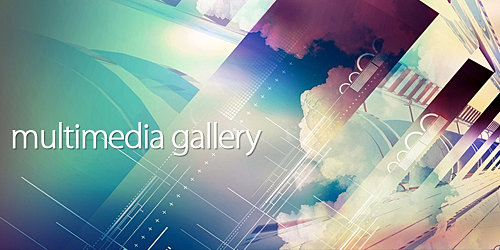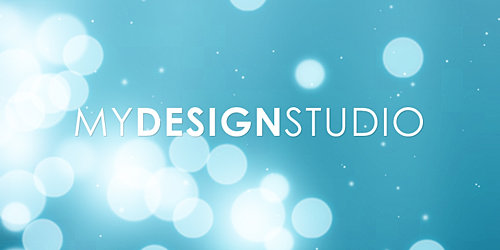Whenever you try to get a job, you will always prepare a resume. Of course, everyone wants to get the job they want. Making the right resume is one key to get your desired post. A graphic design resume is a bit more challenging for you have to show your prowess in lay-outing and designing through your resume. Along with it, you also have to make sure you have written the right contents.
In this article, we will share to you some things that you need to consider in writing a graphic design resume.
1. The Paper Quality.
Sometimes, you would overlook the type of paper you are using for your resume. Of course, you would focus more on the design and contents of your resume but do not forget the type of paper you will use. Some employers are actually particular with your paper choices. Grab a good paper and it will give you more points to get the job.
2. The Layout.
Since you are a graphic designer, make use of your lay-outing skills but do not make it look too crowded, complicated and over designed. Give it a graphic designer’s touch but do not over do it. Use plenty of white space so that it wouldn’t strain your prospect employer’s eye.
3. The Typography.
The font and the font size are very important. Choose a good font. Be sure that you have chosen a font that is readable. Do not make it too small. Remember that the contents of your resume are very important for it is the key for you to get the job.
4. The Structure and Presentation.
Your resume should look good in one glance. It needs to be concise, clean and informative. It also needs to be easy to read with the right usage of grammar and spelling.
5. The Needed Contents.
Of course, this is important. This is placed in an area where it can easily be noticed-at the upper topmost part of the paper. It now depends on you on how you will make it look good and noticeable.
A brief statement about your goals and your desired position. There will be a better impact if you will make a statement that is suited for the job. Avoid generic objectives; use a personal statement that will interest the employer.
This is the part where you place your work experience which includes the job title, employment dates, brief job description and location.
In this section, include your academic background like what degree you finished, the date of graduation, the college you attended, and the location of your college.
This doesn’t need to be too long but just state your special skills like good interpersonal skills, experience in managing projects, multitasking and others. This will help your employer to get to know you better.
Since you are applying for a graphic design job, this section is needed. List the software you use and other design related skills.
g. Your Awards and Recognition Received.Enumerate your awards and recognitions here. Also include publications or websites where you had been featured.
Part of improving yourself as a designer is by joining different design organizations. So, write those organizations in this part.
Some people wouldn’t include this but merely state that “References available upon request.” Just be ready with your references when they ask for it.
6. The Not Needed Contents.
It is not necessary to include information like your age, religion, hobbies, family status and others. Remember that your employer is interested on your professional life and not your personal life. So, there is no need to mention those things.
Do not make a generic objective. Make a personal statement instead. The employer will not be impressed to read that what you have written is prepared for wherever company and whatever positions you will apply for.
Make sure that what you will include in your resume will only focus on you being a graphic designer. Do not include other things which are not really necessary.
7. The Cover Letter.
Make a cover letter. Although, some employers do not require seeing this, there are still others who prefer to see resumes with cover letters. Make your cover letter look good too and be sure it is specially written for a certain company. Follow the right letter format and contents.
8. Have a Consistent Theme.
Do not use a variation of concepts in your resume. That will look like a scrap book and not a resume at all! So use a consistent theme or concept from your cover letter to your resume.
9. Limit Number of Pages.
It doesn’t have to be long. A one page resume is more effective for employers don’t have time to scan a bunch of papers when there are so many applicants. But you can use two pages if that is really necessary, especially if you had been in the field for a couple of years already.
10. Organize Entries Chronologically.
It is recommended to arrange every entry in chronological order from the most recent job or award you receive moving backward. This is the manner employers usually want.
To give you more ideas in making a graphic design resume, here are 30 Artistic and Creative Résumés , 36 Beautiful Resume Ideas That Work and 38 More Beautiful Resume Ideas That Work.These might give you inspiration when you work on your own resumes. And do not forget the important points while you are making one. Remember that this is your ticket to success.























































